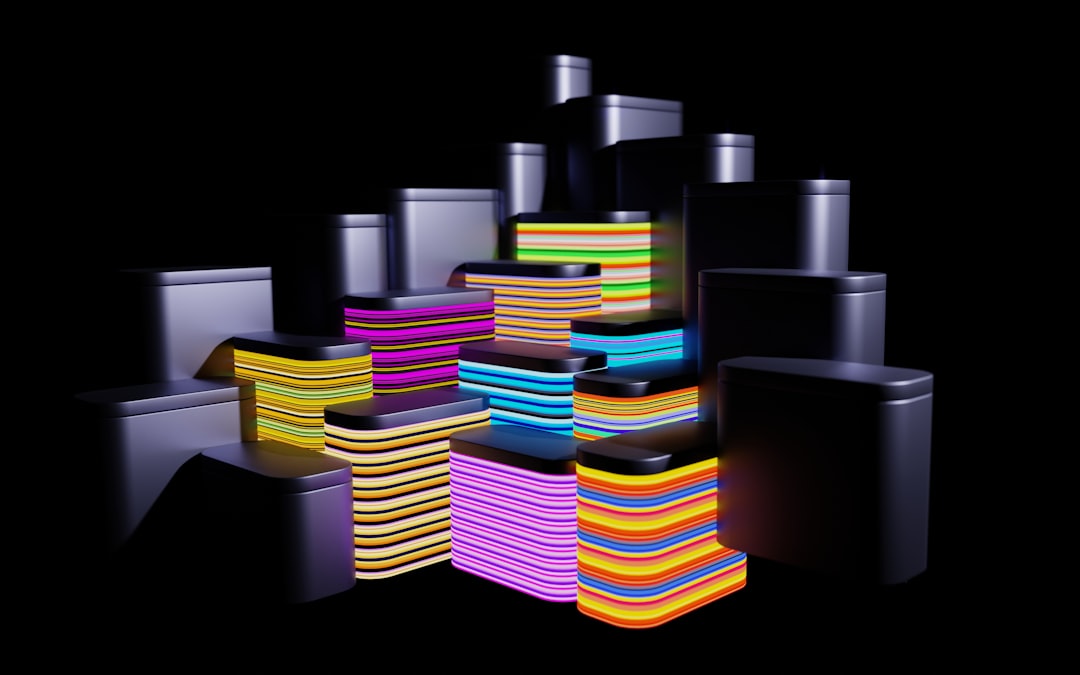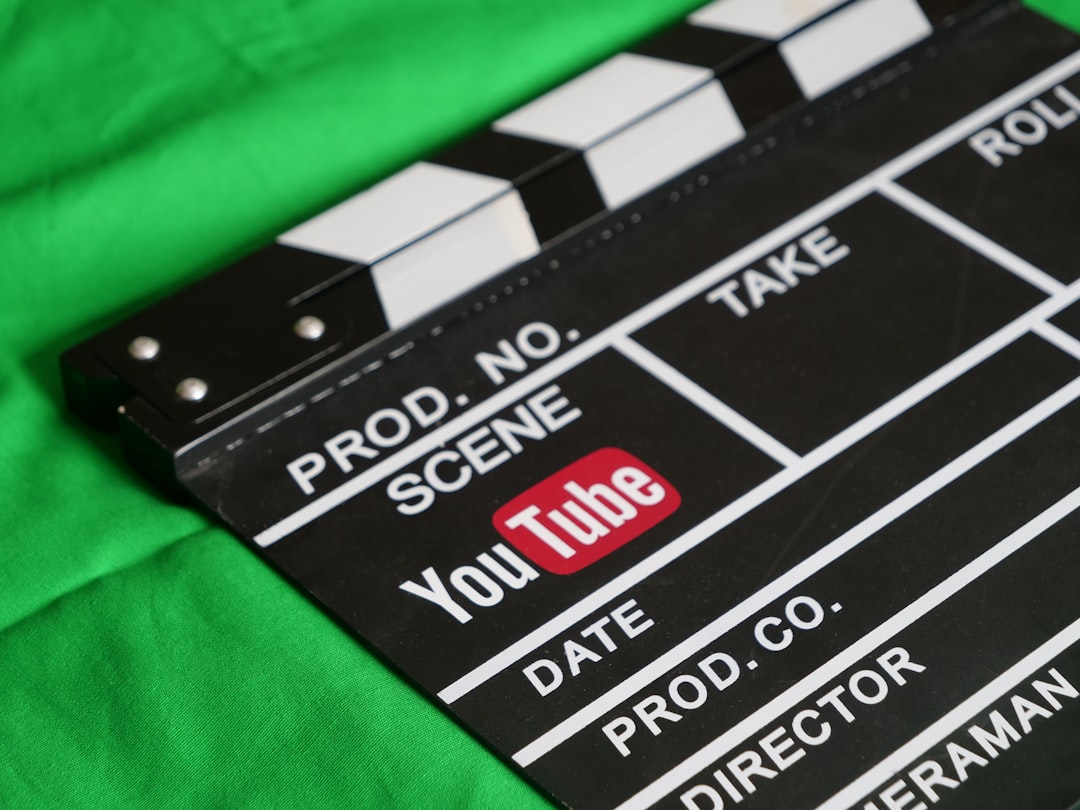As artificial intelligence continues to revolutionize the world of graphic design, AI-powered logo generation tools have become increasingly popular among startups, freelancers, and large businesses alike. These platforms offer rapid ideation, brand customization, and downloadable assets in a myriad of file formats suitable for both digital and print applications. Understanding the popular file formats supported by logo AI tools is essential for ensuring your branding assets are versatile, scalable, and ready for any professional use case.
Why File Formats Matter in Logo Design
Choosing the correct file format is crucial because each serves a specific purpose and affects how the logo will appear across different media. A logo needs to be scalable, maintain visual fidelity, and be accessible for editing or implementation in diverse environments such as websites, social media, digital marketing, and print production. AI-generated logo tools typically offer a variety of file types to meet these varied needs.
Most Popular Logo File Formats Supported by AI Tools
Below is a list of the most commonly offered file types by reputable AI logo design platforms:
-
SVG (Scalable Vector Graphics)
SVG is a vector-based format that ensures that logos can be resized infinitely without any loss in quality. It’s ideal for web applications and is widely supported by modern browsers and design software. SVG files are editable and perfect for developers who need scalable assets in responsive design. -
PNG (Portable Network Graphics)
PNG files are popular for web use because they allow for transparent backgrounds and high-quality image rendering. AI tools often provide multiple PNG variations in different sizes and color options to suit different branding materials and online platforms. -
PDF (Portable Document Format)
PDF files are useful in print design as they preserve image quality, fonts, and vectors. They can be opened and edited in most professional design software, making them ideal for tasks like brochures, business cards, and signage. -
EPS (Encapsulated PostScript)
EPS is another vector format favored in professional design and print work. It ensures compatibility and scalability, and retains the logo’s crispness even when enlarged. Many AI tools include EPS files for clients who intend to work with printers and professional design agencies. -
JPEG (Joint Photographic Experts Group)
JPEG logo files are commonly used for email signatures, newsletters, and digital presentations. While not suitable for print due to compression and quality loss, they remain a widely accepted format for simple online use.

Format Use-Cases and Recommendations
Understanding where and how each format is best utilized can significantly improve your brand’s consistency and appearance. Here’s a quick guide:
- Use SVG for responsive web design and interactive platforms where scalability and sharpness are critical.
- Use PNG when you need logos with transparent backgrounds over various color designs on websites or documents.
- Use PDF and EPS for high-resolution prints such as stationery, banners, or product packaging.
- Use JPEG mainly for quick previews or informal online placements.
Many top-tier AI logo tools also offer branding kits, which include multiple file types bundled together to ensure complete flexibility for future use. This comprehensive approach prevents the need for logo re-creation, saving time and resources.

Additional Considerations
When selecting an AI logo generator, ensure it provides access to editable formats—especially vector files like SVG and EPS. These allow for future adjustments, including color changes, scaling, and layout modifications. Also, check if the tool offers files in both RGB (for digital use) and CMYK (for print) color modes, which is critical for color consistency across different media.
Conclusion
Reliable AI logo tools support a wide range of file formats to accommodate all types of branding initiatives. By understanding the strengths and limitations of each file type—SVG, PNG, PDF, EPS, and JPEG—businesses can leverage AI-generated logos in a professional, scalable, and consistent manner. Always aim for a toolkit that includes both pixel-based and vector-based files to ensure your brand visuals remain powerful and adaptable wherever they appear.

